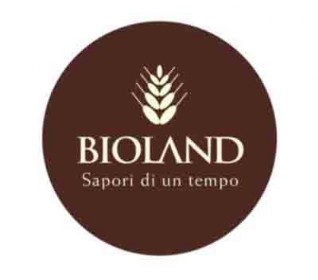Bio Flours
Although the origins of this cereal remain shrouded in mystery, the first traces of cultivation of Spelta in Europe and the Middle East date back to about 5000 years ago. Spelta
is a grain very popular with German, Swiss and Austrian thanks to its naturally sweet taste, reminiscent of walnut, and more consistency and light than other whole grains.
Background
The Spelta had such an importance in antiquity to be mentioned in the Bible as one of the original seven grains.
The Roman patricians used to distribute to the poor in what is considered the first health care system in history. With the great migrations in Europe, its cultivation spread rapidly into new areas.
Description
The Spelta ( Triticum spelta ) is a hybrid of ancestor wheat and emmer, and combines the best of these two cereals, even exceed in some respects. Unlike wheat, in fact, it keeps the outer bran that protects the grain from pollutants and helps maintain freshness and nutritional value.
Method of Preparation
Being poor in gluten, the Spelta flour not always levitates in a uniform manner: it will be therefore necessary to experiment by varying the liquid quantity indicated in recipes, or mix it with rich gluten flour in order to obtain a better result. To cook the whole Spelta grains, leave them to soak overnight, then drain and boil them (a part of Spelta in three parts of water).Upon reaching the boil, reduce heat and simmer for about an hour.
Nutritional content
The Spelta is an excellent source of fiber and vitamins of B group, and contains from 10% to 25% more protein than wheat.The presence of a low gluten content makes this grain unfit for celiac patients.
Health Benefits
The Spelta is an excellent source of riboflavin, a vitamin necessary for proper energy metabolism of the nervous system that seems, therefore, can reduce the frequency of migraine attacks. The high content of soluble fiber present in hulled wheat Spelta also has the advantage of reducing the cholesterol.




